Post-hatch feeding: A practical new concept
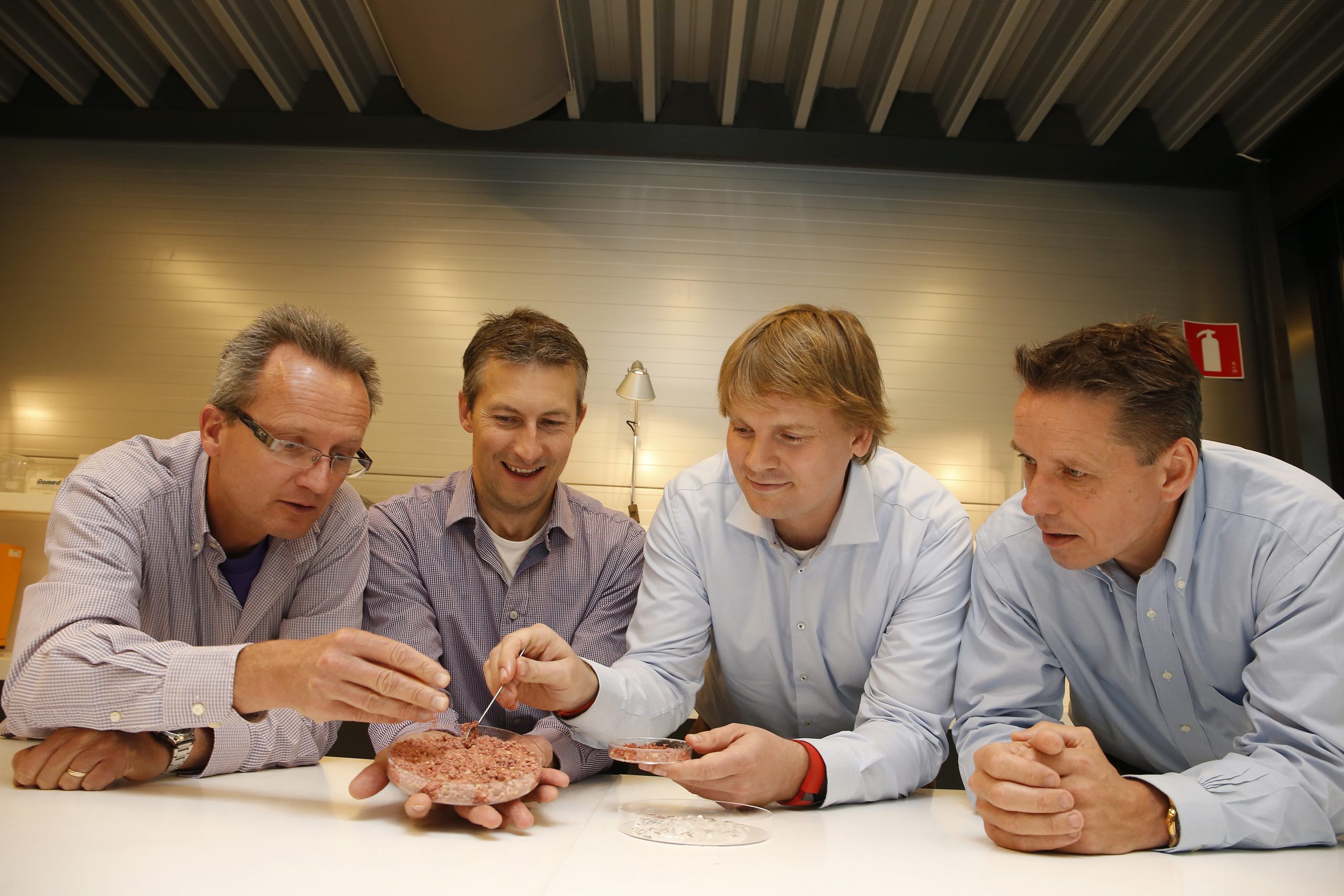
A unique partnership between a hatchery expert, biotech start-up and premix company has led to a game changing post-hatch feeding product.
Aiming for the shortest possible spread of hatch remains paramount in single stage incubation. A sub-optimal hatch window can lead to chicks having to wait a long time before having access to feed and water. To promote the welfare of day-old chicks in situations with prolonged hatch windows, there is growing demand for flexible solutions that offer the freedom to access feed and water immediately upon hatching. But inside the warm environment of a hatcher, open water systems are prone to contamination and to the cultivation of bacteria. An innovative new idea, developed by a consortium of three companies (hatchery expert Pas Reform, premix company Twilmij and biotech start-up In Ovo), has created a smart, practical concept that locks the water inside a semi-moist feed. It is a solution easily applied without modification to existing hatchers, to give the youngest chicks a perfect start.
Feed and water combined
“Some post-hatch feeding systems are already used by the industry, but they often require large investment and intensive adaptations to the incubation systems currently in use. “We wanted to focus on developing a post-hatch feed that can be used in hatcher baskets, a system that is used often around the world,” explains Wouter Bruins, co-founder of In Ovo. Twilmij has a lot of experience with their existing feed formulation After Egg Food, which is used during the transportation of day-old chicks. Marien van den Brink, R&D Manager and Poultry Nutritionist at Twilmij explains: “After teaming up, we wanted to investigate possible new products or how we could make our After Egg Food compatible for use in a hatchery. Our feed is a semi-moist, red coloured crumble with a water content of 30% that also contains high quality ingredients and fragrances. “But water evaporates in the warm conditions (37° Celsius) of a hatchery, especially in combination with high air flow, so our question was whether we could find a method of retaining water in the product while it was exposed to the hatcher environment. This way, a liquid water supply, which is currently offered in alternative post-hatch feeding systems, is not needed. Water in the hatchery is prone to contamination and bacterial growth. This is an extra risk for the small chicks.”
NADES gel
Bruins: “In a quest to find solutions to supply water and feed as a combined product, we came across the work of some biochemical scientists at the Leiden University, in the city where In Ovo is also based.” Dr Choi and his team there are working on deep eutectic solvents (called NADES), which are ingredients from nature, often found in desert plants. They found that a certain combination of solid ingredients mixed together results in a liquid formulation. And more importantly, this mix remains liquid and can trap water, in such a way that it hardly evaporates. “This is really great,” explains Wouter Bruins, “as we saw a clear link between this discovery and post-hatch feeding. Adding this NADES to the After Egg Food created a unique new product: SmartStart™, which can be placed in the hatcher basket upon egg transfer without worrying that the feed will dry out. In other words, a very practical and uncomplicated approach,” says Gerd De Lange from Pas Reform. At the same time, the ingredients of NADES are excellent nutrients for the chick, in addition to the ingredients of Twilmij’s After Egg Food. “The purpose of our new product is to enable post-hatch feeding to be applied with relative convenience, flexibility, limited extra labour and in existing hatchers. It is suitable for use in modular incubation environments (where a hatchery can provide feed in 1, 2 or all hatchers) – with minimum installation and investment required to start,” adds Bouke Hamminga from Pas Reform.
Part of holistic approach
The consortium is excited that their co-operation has led to a proof of concept. The partners see the SmartStart™ development as a true game changer, as part of a holistic approach that further optimises hatchery conditions and improves technical results for the chickens, while also complying with consumer and retailer demands regarding post-hatch feeding concepts. And this is only the beginning. “We have a proof of concept. We know the chickens eat it and we know it works in practice in the hatchery. Now we will optimise the solution, improve the feeders and automate the process,” explains De Lange. Van den Brink and Bruins add that new research and practical experiences from the field will be used to gain more insights into the use of post-hatch feeding, as some questions can only be answered when we learn from practice. “We now use a product with at least 30% water content after 3 days in the hatcher, the same percentage that is currently used in After Egg feed, which has proven to be sufficient. For some hatcheries, it might be adequate that all the hatched chicks have access to this feed product, to satisfy the animal welfare aspect for retailers and consumers. For other hatcheries it may be beneficial to ensure that all the hatched chicks have consumed feed and water before leaving the hatchery. Maybe then it makes sense to leave the chicks a bit longer in the hatcher baskets, so that they all pick up a few extra grams of feed. “All these questions show that post-hatch feeding is still in its infancy. We need more data to provide satisfactory answers – and what we have developed now is certainly a very promising place to start to answer them,” explains Bruins. The new post-hatch feeding concept is expected to hit the market in the course of 2017.
Join 26,000+ subscribers
Subscribe to our newsletter to stay updated about all the need-to-know content in the feed sector, three times a week. Beheer
Beheer

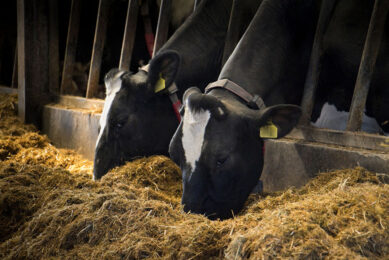
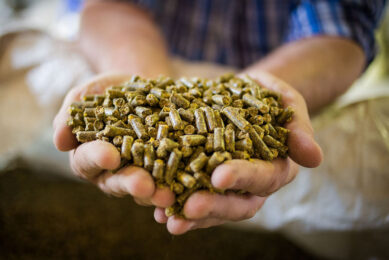
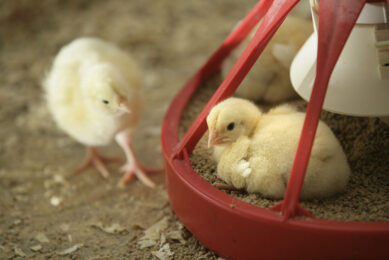
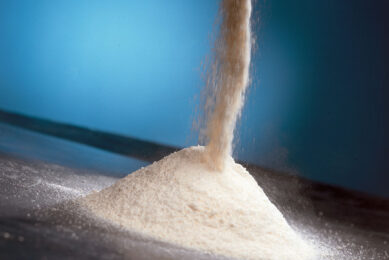




 WP Admin
WP Admin  Bewerk bericht
Bewerk bericht